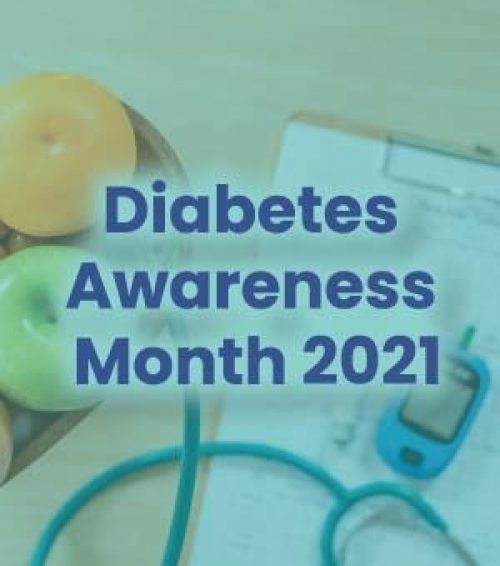
The battle against diabetes has been ongoing for what seems like forever. In 2018, this chronic condition affected greater than 10 percent of the American population, which equals 34.2 million people. This year for National Diabetes Awareness Month, we wanted to remind people what types of diabetes exist and how to treat it.
Type 1 Diabetes
With type 1 diabetes, the body doesn’t produce insulin, or it produces very little insulin. Although it can develop at any age, type 1 diabetes is usually diagnosed in children, teenagers, and young adults, and was previously known as insulin-dependent or juvenile diabetes. About 5 to 10 percent of people with diabetes have type 1 diabetes, and it is currently unknown how to prevent it.
With type 1 diabetes, it’s important to check blood sugar regularly. Your doctor can tell you how often you should check it and what your levels should be. It’s important to keep your levels as close to that target as possible. You’ll also need to take insulin shots every day to manage your blood sugar levels and get the energy your body needs.
Type 2 Diabetes
Type 2 diabetes is the most common type of diabetes. About 90 to 95 percent of Americans with diabetes have type 2 diabetes. Instead of not producing insulin, with type 2 diabetes, your body doesn’t use it properly. It usually develops in people over the age of 45, but younger people can develop it as well.
Some people with type 2 diabetes are able to control their blood sugar levels with a healthy diet and exercise, but other people may need insulin or medication to manage it. Regular blood sugar checks and healthcare appointments are also necessary for managing type 2 diabetes. It is also important to recognize the signs of low or high blood sugar and what to do about them.
Gestational Diabetes
Gestational diabetes is a type of diabetes that can develop in pregnant women who don’t already have diabetes. Between 2 and 10 percent of pregnancies in the United States are affected by gestational diabetes, according to the CDC. Gestational diabetes happens when the body can’t make enough insulin during pregnancy. Although all pregnant women have some insulin resistance during late pregnancy, some women may have insulin resistance before they get pregnant (for example, if they have PCOS). This can put them at a higher risk of developing gestational diabetes. About half of women with gestational diabetes go on to develop type 2 diabetes, so it’s important to talk to your doctor about how to lower your risk.
How to Treat Diabetes
Utilizing a team of healthcare providers is critical to diabetes management. Oftentimes, diabetics meet with an endocrinologist and nurse practitioner to assist with their diabetes management. These providers help edit insulin dosages, assist with dieting, keep you updated on new diabetes management tech, and more.
Along with assistance from your healthcare providers, lifestyle changes can help too. To take your care into your own hands, you can:
-
Get at least 150 minutes of physical activity per week
-
Keep your weight in a healthy range
-
Drink more water and fewer sugary drinks
-
Avoid smoking
Although diabetes is a chronic health condition, you can still live a healthy life no matter what type you have. Staying on top of your blood sugar levels, taking your insulin or medication as needed, and keeping in frequent touch with your doctor and healthcare team are important parts of managing diabetes
If you need help learning ways to manage your diabetes, you can visit the ADA or CDC websites for resources.